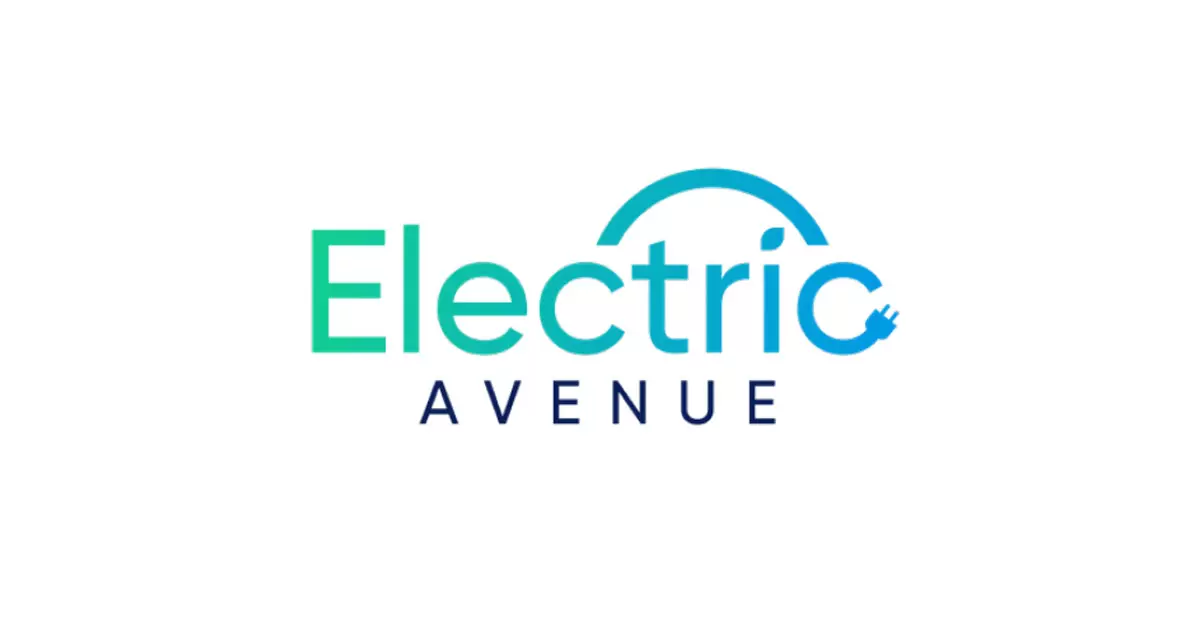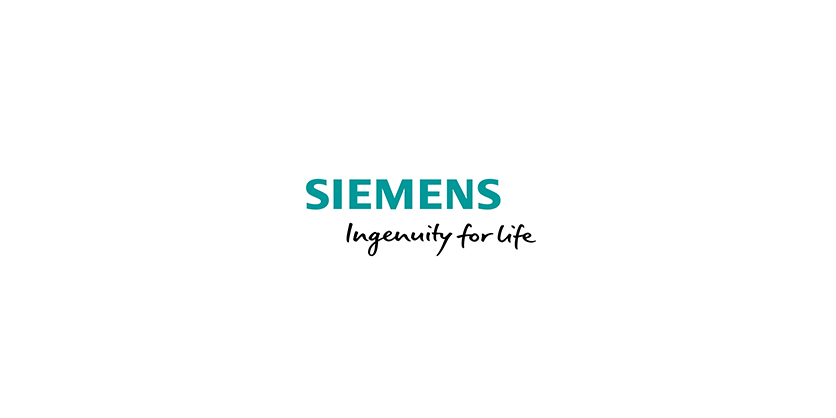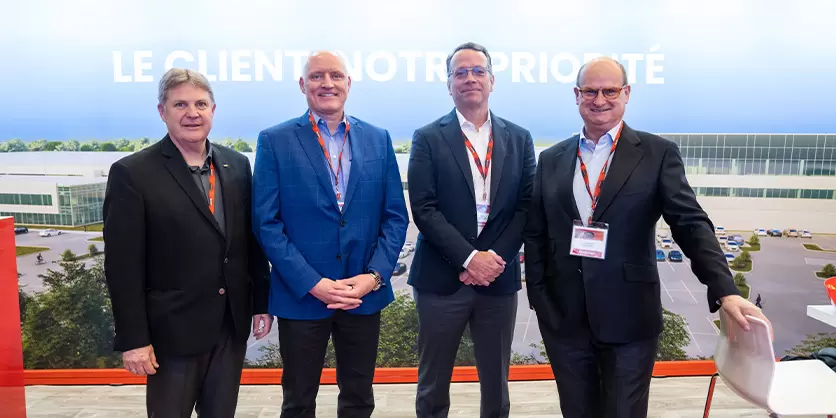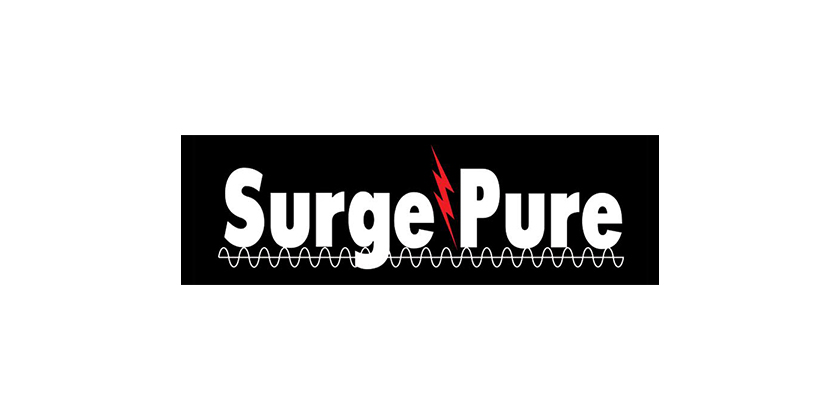Discussing Hydrogen Hazardous Area Classification Design with Allan Bozek

February 25, 2022
By Blake Marchand
Currently hydrogen production applications represent a small but growing market. As a hazardous location hydrogen plants require products designed to a more robust safety standard compared to similar applications like methane and petrochemical.
Looking ahead the hydrogen market is likely to grow. In December of 2020 Hydro-Quebec announced a project for an electrolyser to produce green hydrogen. The project is to supply the Recyclage Carbone Varenes biofuel plant, which will transform non-recyclable waste into biofuels.
In a 2019 report the IEA (International Energy Agency) found that clean hydrogen had significant political and business momentum with projects and policies expanding globally.
The draw toward hydrogen is its potential to be a carbon neutral fuel. As part of that IEA report (The Future of Hydrogen), the agency said hydrogen “is light, storable, energy-dense, and produces no direct emissions of pollutants or greenhouse gases. But for hydrogen to make a significant contribution to clean energy transitions, it needs to be adopted in sectors where it is almost completely absent, such as transport, buildings, and power generation.”
In this article Allan Bozek explains the importance of hazardous location classification design of systems and products for hydrogen applications.
“As we move towards a green economy, we’re going to see more and more hydrogen applications out there. Right now, I don’t think the industry has really come to grips with the hazards associated with hydrogen,” said Bozek. “When people are developing products for use in a hydrogen application, they have to be aware of the hazards associated with hydrogen and the need for proper classification design.”
In 2020 there was 0.3 GW of electrolyser capacity globally, although the IEA estimates that could grow to 18 GW by 2026. In October of 2021 the announced electrolyser projects amounted to 260 GW globally.
Enclosures and Intrinsically Safe Circuits
“The methods of explosion protection impacted by hydrogen include explosion proof enclosures and intrinsically safe circuits. This type of equipment is influenced by group classification associated with a flammable material – and because hydrogen has the highest group classification, the design of products for hydrogen service must take this into account when designing the explosion protection systems for such applications.
If you look at an explosion proof enclosure in comparison between a methane application and a hydrogen application, the hydrogen application will have much larger flange, because the flame path has to be larger to prevent an ignition form inside an enclosure from propagating to the outside of the enclosure.
“This often creates a number of issues with explosion proof equipment. Many manufacturers – when they certify their equipment, they may only certify to a Group IIA or group C, D classification. If you’re dealing with a hydrogen, the products selected require a Group IIC, IIB+H2 or group B,C,D markings. Quite often this leads to situations where certain equipment is not available for a hydrogen application. This can have a big impact on some installations.”
Single phase explosionproof motors are good example of this, Bozek said, “They are not always available in a group classification suitable for hydrogen”
“If you’re a manufacturer you want to make a cost-effective product that appeals to the widest possible audience, your product needs to cover all group classifications” he added. Often the market does not support multiple group classifications as it adds to the cost of the certification and the product”
Hydrogen is a light gas, which means that its hard to contain leading to leaks. Another aspect is that it has a large explosive range, “its explosive in the 4-70% LFL range, which means if you have any kind of release of hydrogen in a confined space its quite likely it will be in the explosive region.
“The other big issue with hydrogen is it has a low ignition energy threshold. This impacts intrinsically safe circuit applications. This means the amount of energy you can incorporate into an intrinsically safe circuit is dramatically reduced. This has an impact on the power to a device and the distance permitted from the barrier to the end device in the field.”
Hydrogen is also invisible when it burns, which adds to the safety challenges
Although, Bozek clarified, “People have this impression that hydrogen is dangerous. Well, hydrogen is dangerous if its not properly designed or handled. If you use the appropriate standards and do you due diligence in terms of a proper classification design and installing equipment as per the Canadian Electrical Code, hydrogen is no more dangerous than any other product.”
Hazardous Area Classification
“When you’re classifying hydrogen applications you have to be somewhat careful because hydrogen is a light gas and is very much lighter than air. If you have an unconfined release in open air, the hazard will dissipate quite quickly.
As a result, in unconfined applications, the classification extent can be quite modest. In some situations, the classification extent can be eliminated entirely. This is where a ‘negligible extent classification’ as described in IEC 60079-10-1 comes into play. “This can result in a non-hazardous rating surrounding equipment handling hydrogen products,” Bozek said, “This is highly depended on the process pressure, temperatures, and ventilation in the surrounding area. Ventilation is extremely important in hydrogen applications.”
“In open air you have unlimited ventilation so that helps in dissipating the hazard. But where it becomes very critical is if you put an enclosure around a hydrogen application, that’s where things get interesting. With hydrogen, because its such a light molecule, if there’s even a tiny release in an enclosed area can result in a build up of hydrogen in the upper areas of that equipment enclosure. Unless you take efforts to ventilate that enclosure properly you can end up with an explosive region inside that enclosure. And this can happen with very, very small leaks over an extended period of time.”
“If you’re ventilation system is not designed to extract lighter-than-air materials from the enclosure you may end up with an explosive atmosphere without knowing it. You need to do a proper ventilation assessment to determine what an appropriate classification should be and ensure that there are no pockets – hydrogen that can exist and create an explosion hazard.
Standards
“Right now, I don’t think the industry has really come to grips with the hazards associated with hydrogen,” said Bozek, adding that there is a Canadian standard for hydrogen installation is being updated by BNQ. The next edition is expected to be released in March of 2022.
BNQ (Bureau de normalisation du Quebec) has developed a Canadian Hydrogen Installation Code (1784-000) that has been approved by the Standards Council of Canada. The current standard sets requirements for hydrogen generating equipment, hydrogen-powered equipment, hydrogen dispensing equipment, hydrogen storage containers, hydrogen piping systems and their related accessories.
Hydrogen technology has advanced since the standard was first published in 2007 and continues to develop.
“The BNQ standard is the basis for the safety of the installation. Any electrical equipment installed must meet the criteria defined by the area classification and adhere to the requirements of the Canadian Electrical Code.
“If you classify for hydrogen then you’re obligated to install electrical equipment that’s suitable for hydrogen service.
Electrolysis and Ventilation Assessment
When it comes to ‘green’ hydrogen, electrolysis is primarily used for generating hydrogen Electrolysis uses electricity to separate hydrogen from water. If renewable electricity is being used in the hydrogen generation process than the carbon footprint is low. Hydrogen can also be used for fuel cell electric vehicles, large fuel cells can be used as back up power to buildings, or supply electricity to areas not connected to the grid.
The largest industries for hydrogen use are oil refining and ammonia, methanol, and steel production. The majority of this production is done using fossil fuels. Hydrogen can be extracted from natural gas and biomass as well as water. Green hydrogen has the potential to lower emissions in that process. It can be used to fuel transport trucks, shipping, and aviation. Although the cost depends on the fuel cell technology and refuelling stations.
Bozek explained that a lot of electrolyser equipment being used is non-hazardous rated. “When you’re dealing with installing non-hazardous equipment in hydrogen applications you have to do a proper ventilation assessment to ensure that you a have sufficient ventilation to clear out hydrogen before it becomes explosive, and you have to design your systems so that you don’t end up with these pockets of hydrogen in locations where you don’t want it.” That can involve some very high rates of ventilation in some cases, depending on the source of release.”
As the country aims to meet its emissions targets, hydrogen will likely play a large factor in that and as the market starts to grow, Bozek said, “You have to be cognisant of the type of equipment available, the certifications associated with the equipment, the classification design and the Canadian Electrical Code requirements. The BNQ standard will also influence the design of the facility.
Education
Due to the safety risks involved, he noted, “If you’re not up to speed with or you don’t understand hazardous locations then you should not be doing hydrogen applications.”
“I think you need to have a very good understanding of what a hazardous location is, what the Canadian Electrical Code requirements are, what the area classification ventilation requirements are among other things. The need for documentation is extremely important to verify that you’ve met the criteria involved in the Canadian electrical code and the BNQ standard.”
Bozek and his company, EngWorks have an ExHac course that includes a training course and software application, which helps you to assess the classification design for a hydrogen application. The ExHAC application is based on the IEC 60079-10-1 standard for classification design and allows you to make a negligible extent assessment should you need to. The application can help assess both naturally ventilated and force ventilated enclosed locations and determine the appropriate ventilation required for a given zone classification.
In terms of education, Bozek said, “we see it as two parts, the first thing is the area classification design. You have to acknowledge that hydrogen requires some additional care, and you need to be properly trained to do a proper classification design. Our ExHac application provides you with the necessary training and software tool to actually do the calculations.”
The second part the installation side of things. “This is where we talk about hazardous locations and what the Canadian Electrical Code says about hazardous locations. What can you do, what certifications are needed for the equipment going into these applications? And that’s all covered by our Hazardous Locations Fundamentals course. It’s a comprehensive course on hazardous locations and it will basically provide you everything you need to know about hazardous locations.


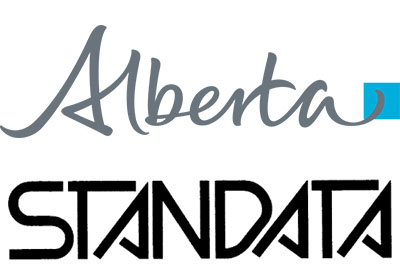
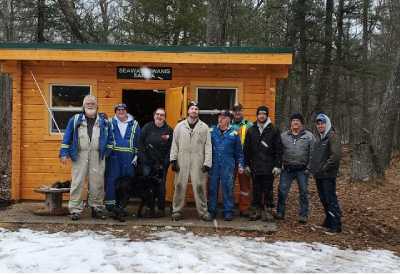

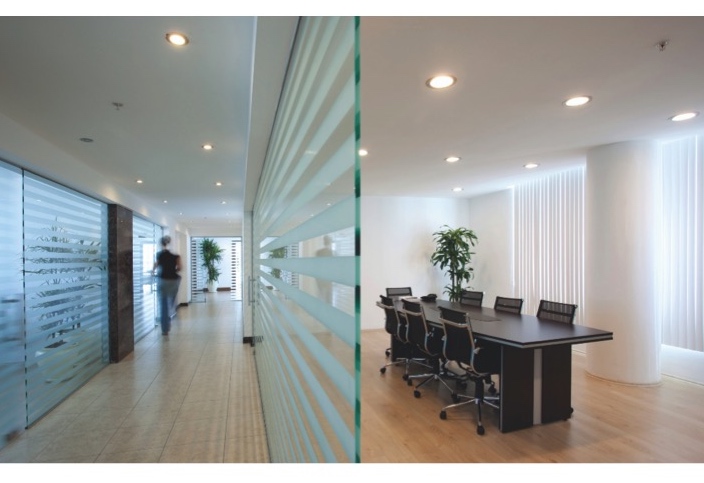
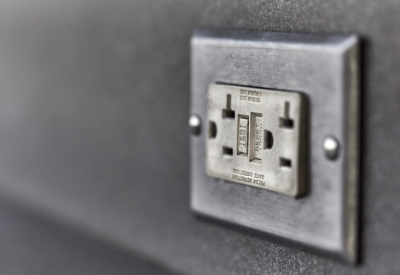
![Guide to the Canadian Electrical Code, Part 1[i], 25th Edition– A Road Map: Appendix J – Annex J20](https://electricalindustry.ca/wp-content/uploads/2022/11/Guide-CE-Code-2-768x432.png)

